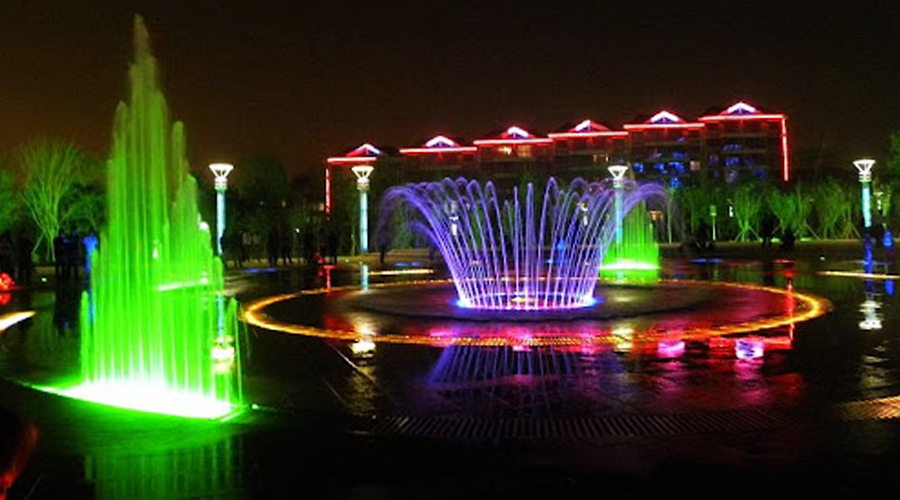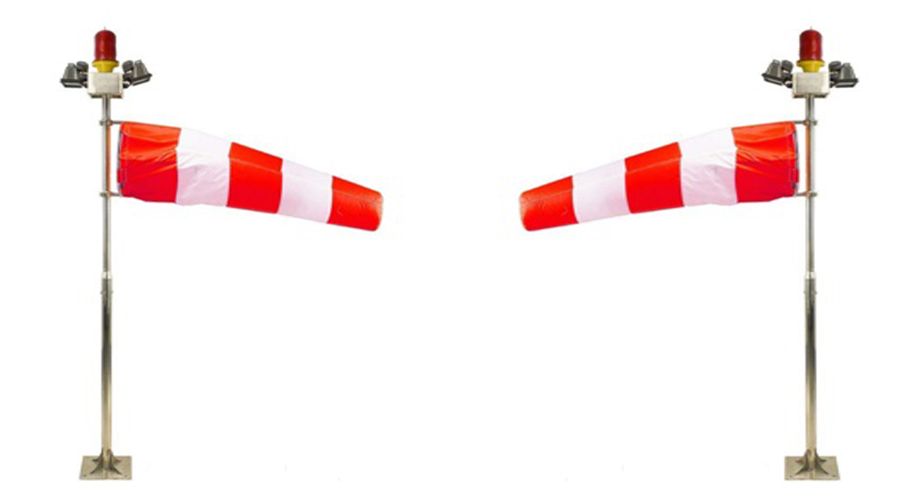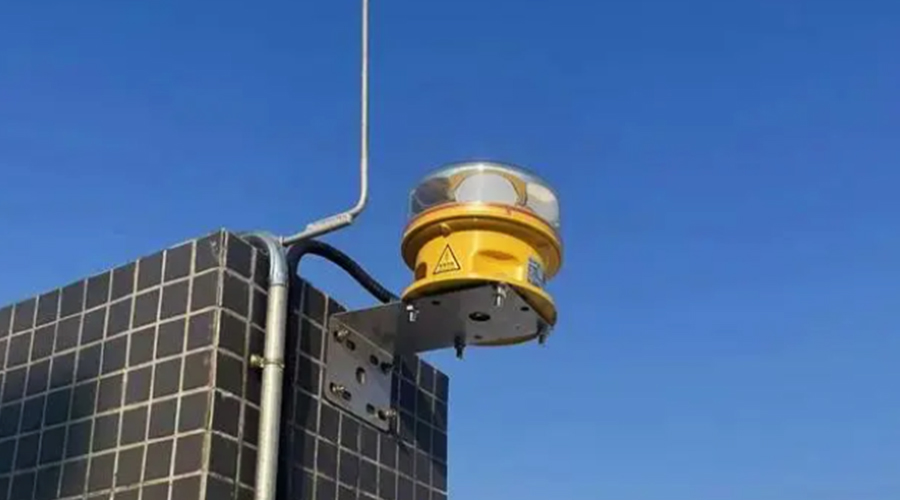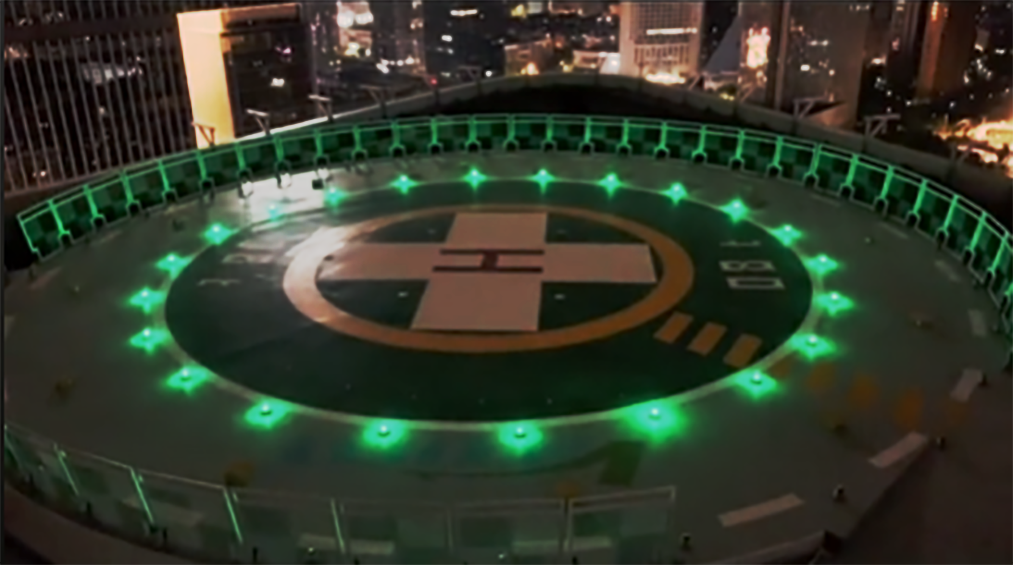
Fountain Lights How To Avoid Leakage Fading Short Circuit(1)
Fountain Lights Safety & Durability Protection Guide: Solutions to leakage, fading, short circuits are issues that should be paid attention

Fountain Lights Safety and Durability Protection Guide: Solutions for Leakage, Fading, and Short Circuit
As the core equipment of landscape lighting, fountain underwater lights are exposed to leakage, fading, and short circuits for a long time. The following analyzes how to avoid these problems through technical means from the perspectives of material selection, structural design, and circuit protection.
(1). Fully sealed structure and IP grade protection
High-quality LED fountain lights must have IP68 waterproof rating (such as YFFY-PLR01018 LED underwater fountain lights), and use multi-layer sealing design (such as silicone rings and tempered glass covers) to isolate water vapor penetration.
Potting glue filling technology: Waterproof glue (such as polyurethane) is potted inside the lamp body to fill the gaps and form a “vacuum cavity”, which can prevent water from entering even if the shell is damaged.
(2). Insulation material & anti-corrosion treatment
Non-metallic contact design: The wire interface uses waterproof connectors (such as PG waterproof cables) to prevent metal parts from being directly exposed to water.
Anti-corrosion material: The shell is made of 304 stainless steel or corrosion-resistant aluminum alloy, and the surface is plated or sprayed with anti-rust paint to resist the erosion of chemical substances in the pool.
(3). Low-voltage power supply and circuit isolation
Use low-voltage DC power supply (such as 12V/24V) to reduce the risk of electric shock.
Drive power isolation design: Built-in transformer or driver to achieve electrical isolation to avoid current leakage.
(1). Anti-ultraviolet (UV) aging materials
Lamp body shell: Underwater lighting fixtures must use UV-resistant ABS plastic or PC materials, which are not easy to brittle or discolor under long-term exposure to sunlight.
Lenses and filters: Use weather-resistant tempered glass or acrylic, with anti-UV coating to prevent light from causing a decrease in transmittance.
(2). High-quality LED light source
Underwater Led lights are used for fountains, and outdoor special LED chips (such as Cree and Osram) must be used.
Their packaging materials are resistant to UV and high-temperature aging, and the light decay rate is low.
RGB lights need to pay extra attention to the stability of phosphors, and inferior phosphors are prone to fade due to light.
(3). Heat dissipation optimization reduces light decay
The temperature of the lamp beads is reduced through the heat conduction and heat dissipation structure (such as aluminum substrate and heat dissipation fins) to avoid overheating and accelerate material aging.
For example, the “heat conduction uniform frame design” of the YFFY underwater fountain lamp balances the temperature difference of the lamp beads and prolongs the service life.
The above two suggestions on the correct and safe use of LED fountain lights are for your reference. Please continue to learn about the other two points in the next article.

Fountain Lights Safety & Durability Protection Guide: Solutions to leakage, fading, short circuits are issues that should be paid attention

Underwater boat lights value for yacht manufacturer has been transformed from underwater lighting to commercial value. Let’s learn more about

The wind vane is mainly used in solar apron lights to indicate wind direction, helping pilots determine the take-off and

Solar low-intensity obstacle lights require choosing a suitable installation location to ensure that they can serve as a warning for

Solar apron lights are in demand at major airports, aprons, and buildings because of their environmental protection, economy, reliability, and
Copyright © 2024 Shaanxi Yuefeng Feiyao Technology Co., Ltd. | Powered by YFFY Lights